First of all it is always a bit dangerous to plot inherently spherical coordinates (lat,long) directly in the plane. Usually you should project them in some way, but I will leave it for you to explore the sp package and the function spTransform or something like that.
I guess in principle you could simply use the deldir package to calculate the Dirichlet tessellation of you points which would give you a nice grid. However, you need a bounding region for this to avoid large cells radiating out from the border of your region. I personally use spatstat to call deldir so I can't give you the direct commands in deldir, but in spatstat I would do something like:
library(spatstat)
plot(lon_array, lat_array, main='Grid Coordinates')
W <- clickpoly(add = TRUE) # Now click the region that contains your grid
i_na <- is.na(lon_array) | is.na(lat_array) # Index of NAs
X <- ppp(lon_array[!i_na], lat_array[!i_na], window = W)
grid <- dirichlet(X)
plot(grid)
I have not tested this yet and I will update this answer once I get the chance to test it with some artificial data. A major problem is the size of your dataset which may take a long time to calculate the Dirichlet tessellation of. I have only tried to call dirichlet on dataset of size up to 3000 points...
 My question: Is it possible to plot these spatial coordinates as a grid rather than as points? Does anyone know of a package or function that might be able to do this? I haven't been able to find anything online to this nature.
My question: Is it possible to plot these spatial coordinates as a grid rather than as points? Does anyone know of a package or function that might be able to do this? I haven't been able to find anything online to this nature.